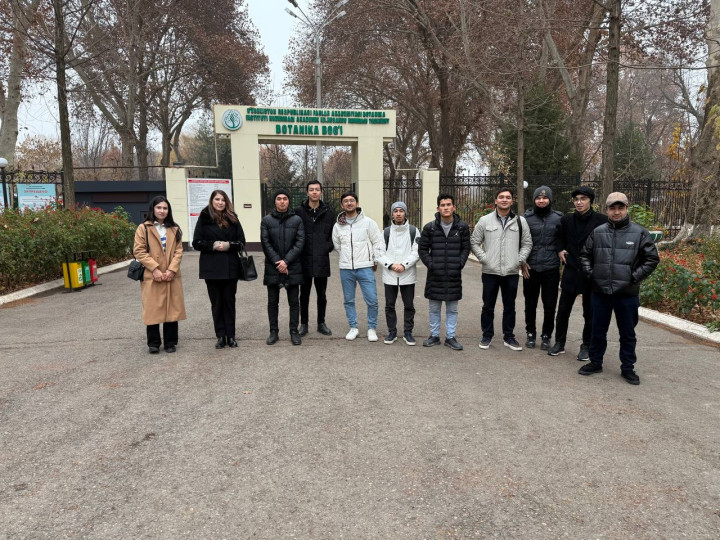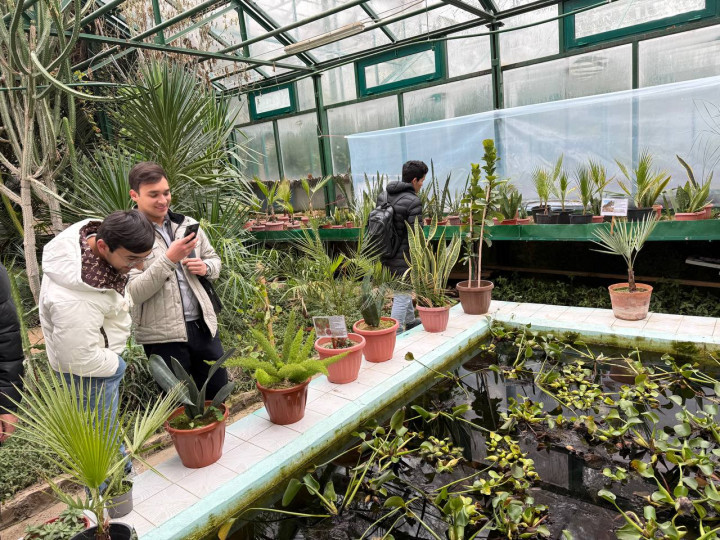
It is well known that on November 20, 2024, the President of the Republic of Uzbekistan, Sh.M. Mirziyoyev, announced the year 2025 as the “Year of Environmental Protection and Green Economy” in our country during a session of the Legislative Chamber of the Oliy Majlis. The program for this year emphasizes the importance of implementing “green” technologies, saving water, significantly increasing green areas, mitigating the consequences of the Aral Sea disaster, solving waste problems, and most importantly, strengthening public health. In order to fulfill these objectives, it is crucial to implement “Green University” and “Green Institute” projects in higher education institutions. Taking the above into account, on December 5, 2024, professors of the “Energy Supply Systems” Department of the Faculty of Television Technologies at Tashkent University of Information Technologies named after Muhammad al-Khwarizmi organized an off-site lecture on the subject of “Ecology” for students of the ELY401 (214-22) group of the Faculty of Computer Engineering. The lecture took place at the Tashkent Botanical Garden named after Academician F.N. Rusanov. The goal of this off-site lesson was to strengthen young people’s attitude towards ecology and the environment, as well as to emphasize that not only Uzbekistan, but many countries around the world are clearly experiencing the negative effects of climate change.

During the lesson, senior lecturer of the department, G.A. Saidova, first introduced the students to interesting facts about the botanical garden: The Tashkent Botanical Garden named after Academician Fyodor Nikolayevich Rusanov is one of the largest gardens not only in the city but in the entire country. It is part of the Institute of Plant Gene Pool of the Academy of Sciences of Uzbekistan. Part of the garden’s territory is occupied by the famous Tashkent Zoo. The Tashkent Botanical Garden showcases plants from Central Asia, European flora, the Caucasus Mountains, as well as plants from China and North America, both in greenhouses and open-air sections. In addition, the exhibition features medicinal plants, ornamental varieties of fruit trees and shrubs. Here one can find flowers typical of tropical and subtropical climate zones: papaya, giant furcraea, muehlenbeckia, breadfruit, coffee tree, and myrtle — all distinguished by their beauty and health benefits. The lesson concluded with a question-and-answer session. The students, having enjoyed the beauty of nature, returned from the off-site class with great impressions.
